
views
Getting into Position
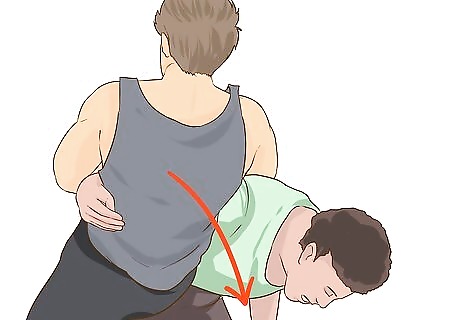
Get your opponent on their back. In order to execute the figure four leglock, they must be lying flat on their back. Use any move that will knock them off of their feet so they fall backwards. One such move is the “snap” suplex (also called the vertical suplex).

Stand at their feet. Once they are on the ground, reposition yourself so you are standing at their feet. Face them as you start the leg lock.
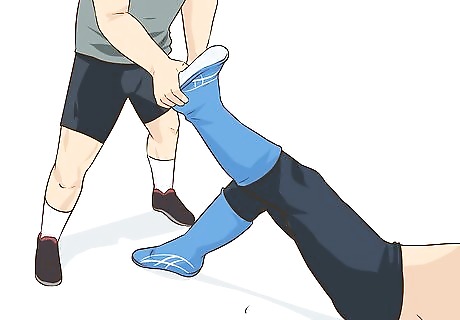
Raise their left foot. Grab it by the sides, heel, or ankle. Lift it into the air until their leg is roughly at a 45 degree angle.
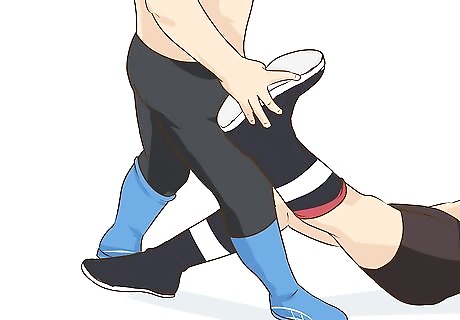
Straddle their right leg. Use your right hand to continue holding their left foot up in the air. Place your right foot between their legs. Now place your left foot on the outside of their right leg. Their right leg should now be between your feet.
Turning Around

Straddle their left leg. Keep holding their left foot up with your right hand. Raise your own left foot and pivot on your right foot to execute a 180-degree turn in a clockwise direction. When you finish your turn: Your back should now face your opponent. Your right foot should still be between their legs. Your left foot should now be on the outside of their left leg.
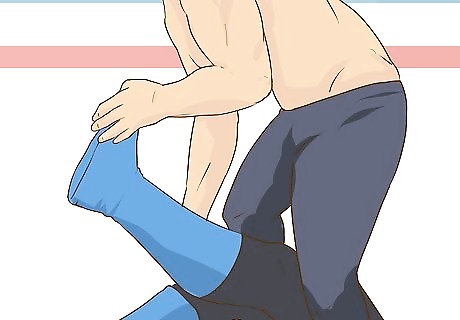
Grab their left foot with your free hand. Hold their foot up with both hands. Once your left hand has taken hold, slide your right hand down along their left leg. Stop just before you reach their knee.
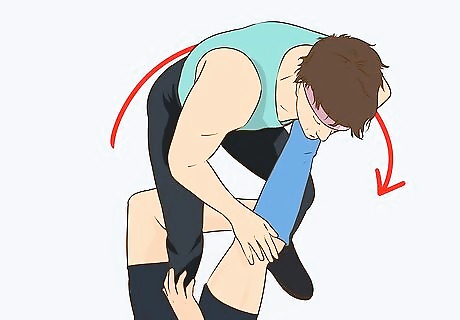
Continue turning. Keep turning in the same clockwise direction by another 90 degrees. As you do, use your hands to bend their left knee so you scoot your left foot under that leg while straddling it. When you finish your turn, your should be facing the inside of their right leg.
Locking Their Legs
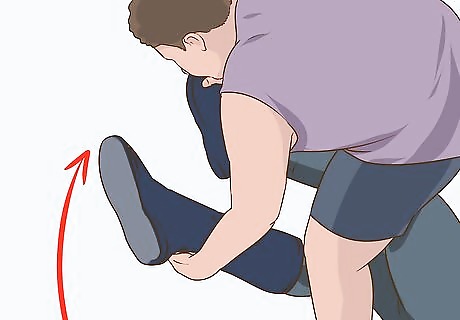
Secure both of your opponent’s legs. Bring your right hand back up from their left knee to their left foot. Once your right hand has taken hold of it, use your left hand to grab their right foot. Raise it until their two ankles meet.
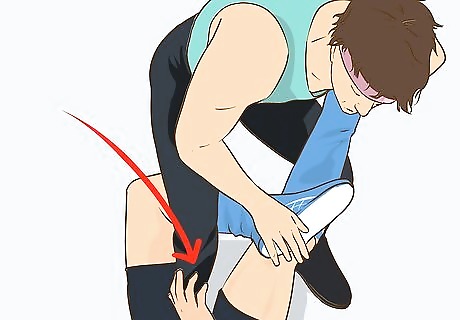
Face your opponent. Continue turning in a clockwise direction by another 45 degrees. As you do, force their left ankle down along their right calf until it meets their right knee. Stop turning once you are facing your opponent again, just like when you started. Their legs should now resemble a backwards “4.” Your right leg should be in the empty space in the middle of that “4.” Their right leg should

Fall backward. Falling backward will force you to let go of their left foot. As you fall, use both hands to keep a firm grip on your opponent’s right foot so that their right leg stays between your own. Use your left leg to pin their left foot. As quickly as you can, bring your left leg up and over their left ankle once you land on your back. Keep their left leg pinned in place with the back of your left calf or knee. Their legs should now be “locked” in the “4” figure. The backs of your own legs should be trapping their left leg in place. Your hands should be holding their right leg in place.

Remember: this is for show. Understand that all pro-wrestling moves are a choreographed act between two partners who move in sync to tell a story. This is a performance, not a contest. When you’re in the figure four leglock, be careful not to apply too much pressure on your opponent’s left foot, ankle, calf, or knee. Use just enough to maintain contact, and no more, to spare them any real pain. Remember: This is a performance, so just act like you’re straining to keep him trapped, instead of actually trying to. Putting too much pressure down on their leg can cause them serious injury. Everyone’s body is different, which means some people can’t take as much pressure as others. Always practice with your willing partner/opponent before performing this move for others so you know each other’s limits.














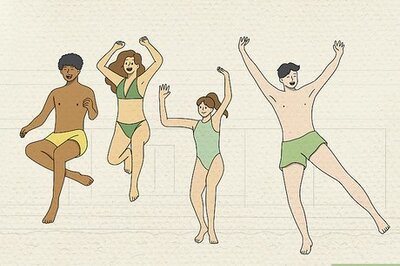

Comments
0 comment